Howo Leaf Spring Pressure Block AZ992552000010
- HOWO Pressure Block AZ992552000010 within 10 years quality warranty.
- Free samples for all SINOTRK HOWO, SHACMAN, FAW, FOTON truck spare parts.
- Ship transportation : Door to Door, by ship, by air, Free Customs clearance.
- ZK truck parts have professional engineers providing installation guidance services.
- Support for installment payment, supporting a 30% deposit service.
Description
| Product name: | HOWO Spring Pressure Block AZ992552000010 |
| Classification: | Cabin spare parts, Cab system |
| Truck model: | HOWO truck,SINOTRUK, HOHAN truck,SHACMAN truck |
| Warranty: | 2 years |
| Brand: | OEM or ZKTRUCK brand |
| Samples: | Free samples |
| Certification: | ISO9001, CE,TUV,ROHS,3C certificate |
| Place Of Origin: | ShanDong China |
| Delivery Time: | 5days |
| Payment: | T/T 30% deposit, And 70% Before Delivery |
| Shipping | Door to door, by air, by ship, by truck |
Spring Pressure Block AZ992552000010 Introduction:
Spring Pressure Block AZ992552000010 is a component used in heavy-duty vehicles. It is mainly employed to fix and support the steel leaf springs, ensuring the stable operation of the vehicle suspension system.
The working principle of the Spring Pressure Block AZ992552000010:
The plate spring press block is combined with horseback bolts and other components to fix the steel spring on the vehicle’s frame or axle. During vehicle operation, the steel spring will deform due to road bumps and other factors. The plate spring press block can withstand the impact force transmitted from the steel spring and distribute the force evenly, while restricting the lateral movement of the steel spring to ensure its normal operation and improve the stability and comfort of vehicle travel.
Structural features of the Spring Pressure Block AZ992552000010:
Usually made of cast iron, it has certain strength and toughness. Its body is equipped with a flange nut mounting surface, a lower protrusion, a spring contact surface, an upper protrusion, and a force-bearing platform. The flange nut mounting surface is located at the four corners, and there are horsehair bolt installation holes on it; the lower end face of the lower protrusion is the spring contact surface, and the middle part may have weight reduction holes and positioning pin holes; the upper protrusion has a narrow shape at both ends and a wide shape in the middle; the force-bearing platforms at the front and rear sides are in the form of arcs, and they smoothly transition with the lower protrusion through chamfers.
Maintenance points for the Spring Pressure Block AZ992552000010:
During the routine maintenance of the vehicle, it is necessary to check whether the spring retaining block has cracks, deformation or wear. Ensure that the connection between the saddle bolt and the retaining block is tight to prevent loosening. If the retaining block is damaged, it should be replaced in time to ensure the normal operation of the leaf spring and suspension system, and to avoid affecting the driving safety and performance of the vehicle.
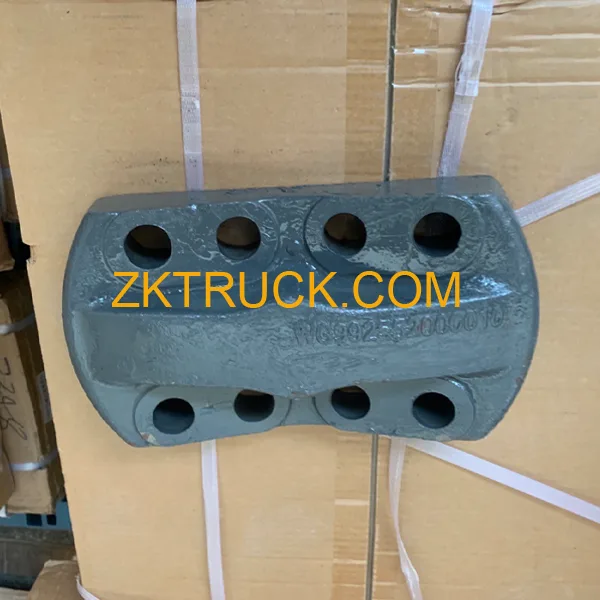
Common faults of the Spring Pressure Block AZ992552000010:
Structural damage: Directly affects the fixed functions
Cracks and Fractures
Causes:
Long-term overloading driving, the deformation of the leaf spring exceeds the design range, and the pressure block is subjected to excessive shear force or bending stress.
Severe road vibrations cause the leaf spring to vibrate frequently and significantly, resulting in fatigue cracking at the stress concentration points (such as the transition area of the protrusion, the edge of the bolt hole).
Material defects (such as internal gas pores and inclusions in cast iron) or improper heat treatment processes reduce the fatigue resistance.
Impact: Crack propagation may cause the pressure block to fracture, the leaf spring to lose fixation, leading to vehicle drift, abnormal suspension sounds, and even the risk of the leaf spring falling off, posing a safety hazard.
Deformation and distortion
Description: The main body of the pressure block (especially the force-bearing platform and the protrusion) undergoes bending and twisting, and the position of the horse-hoof bolt holes shifts.
Causes:
During installation, the pre-tightening force of the horse-hoof bolts is uneven, causing the pressure block to be subjected to uneven loads over a long period.
The misalignment or uneven wear of the steel spring forces the pressure block to bear abnormal lateral forces.
Impact: After deformation, it cannot closely fit with the spring, the fixation effect weakens, and it may cause the spring to move laterally, exacerbating the uneven wear of the tires.
II. Wear and failure of fit: Leading to loosening of connection
Spring contact surface wear
Symptoms: Grooves and scratches appear on the contact surface of the spring under the protruding part of the pressing block, and the surface roughness increases.
Causes:
Insufficient lubrication between the leaf spring and the pressing block, resulting in long-term dry friction and wear.
The vehicle frequently brakes suddenly or accelerates, causing relative sliding between the spring and the pressing block.
Effects: After the contact surface is worn, the clearance increases, causing abnormal sounds (such as “clicking” sounds) from the spring during driving, and the stability of fixation decreases.
The bolt holes have become worn and enlarged.
Cause: The horse bolt has been vibrating for a long time, causing relative friction with the bolt hole, resulting in an increase in the hole diameter (the standard hole diameter tolerance is usually ±0.5mm).
Impact: The fit between the bolt and the hole exceeds the standard, and the pressure block is prone to shaking along with the leaf spring. In severe cases, the bolt may break or fall off.
You must be logged in to post a review.
Related products
Get a Quote
Sure, if you're looking to create a form for a truck parts from ZKTRUCK, here's a revised version:
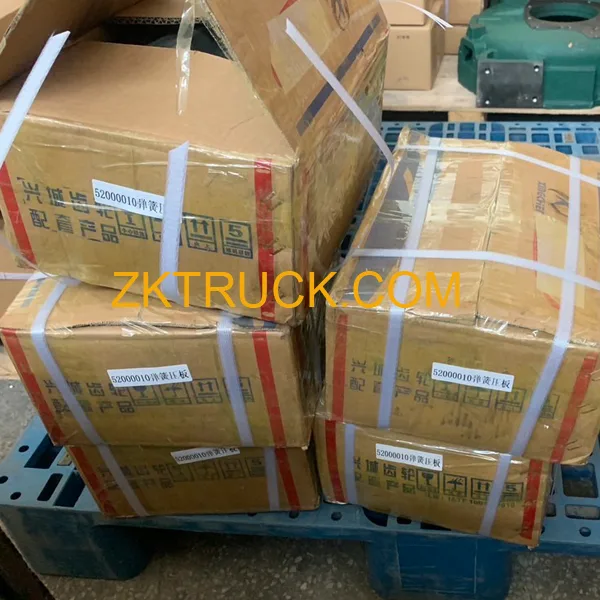

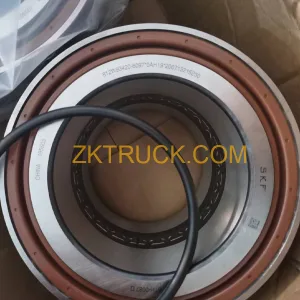
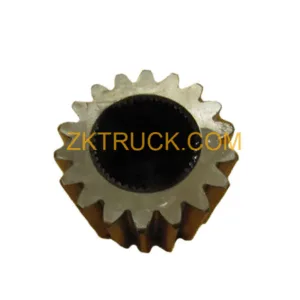
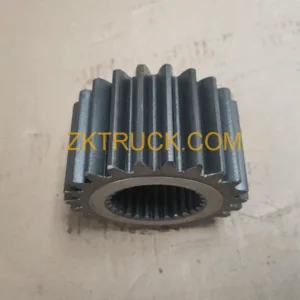
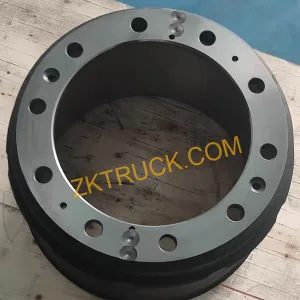
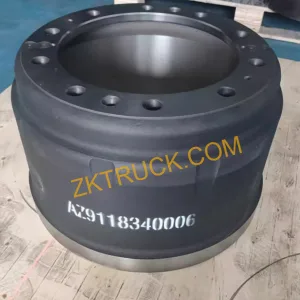
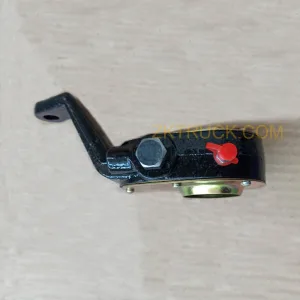
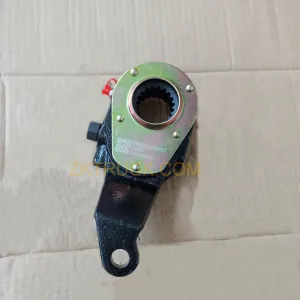
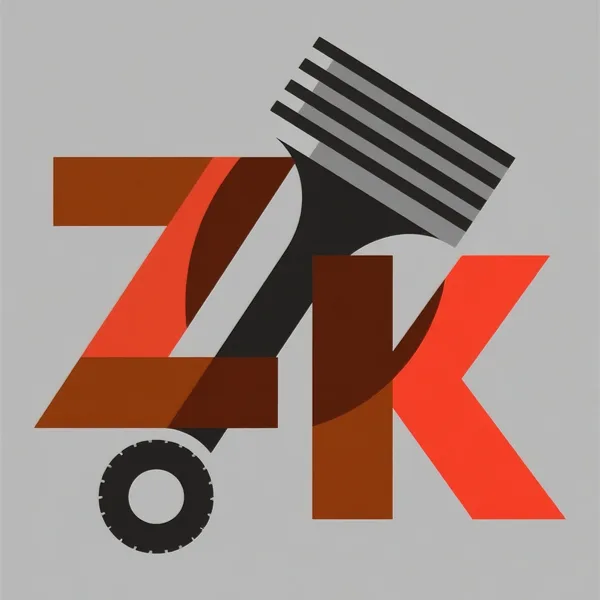
Reviews
There are no reviews yet.